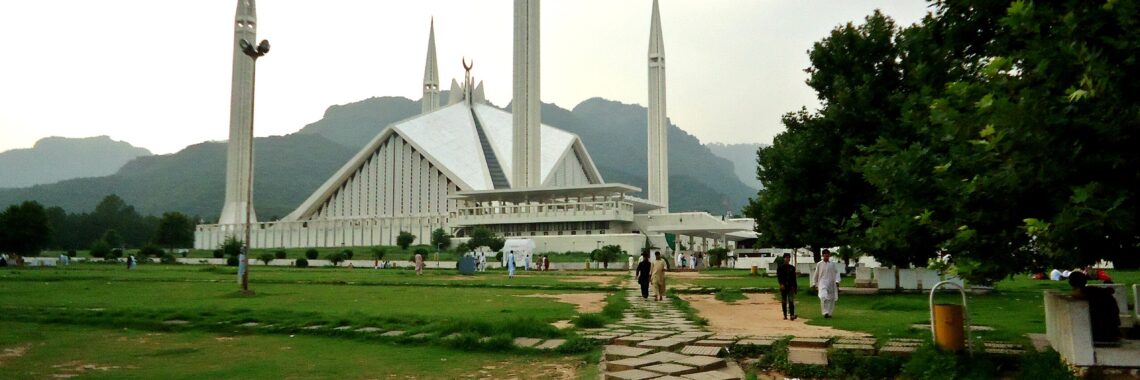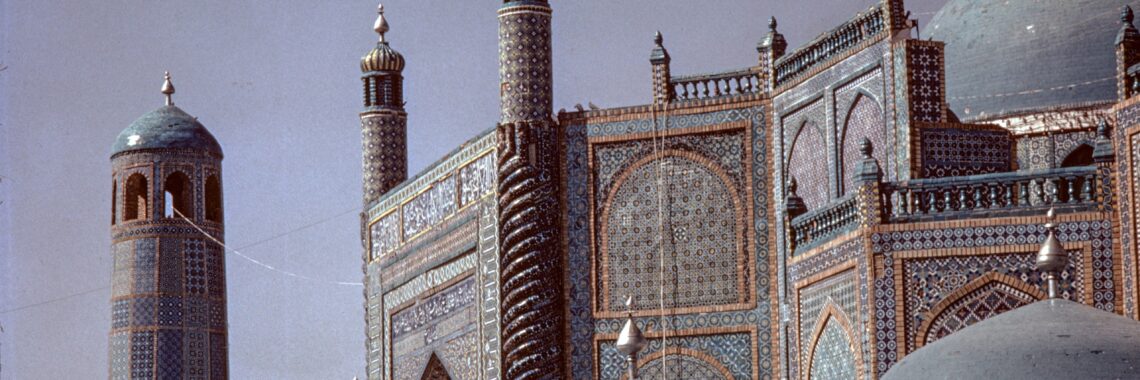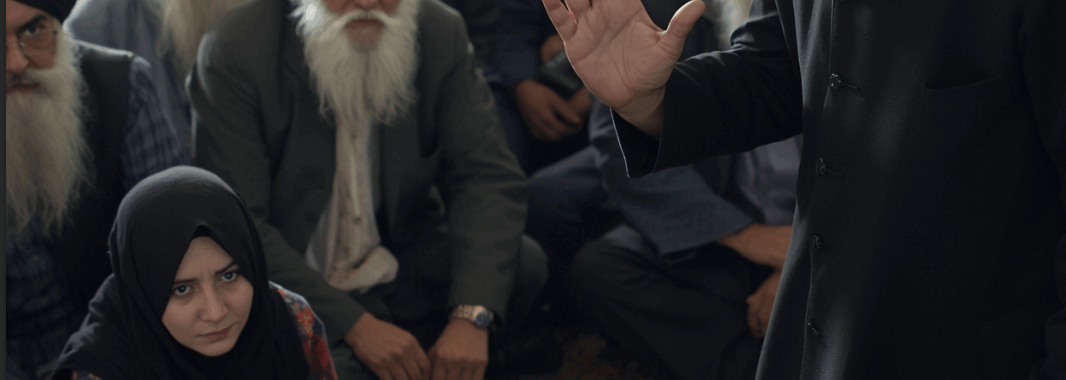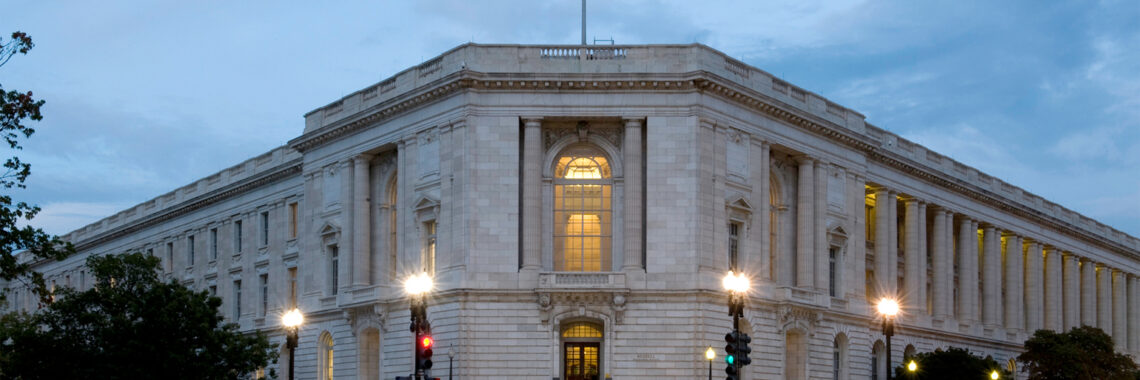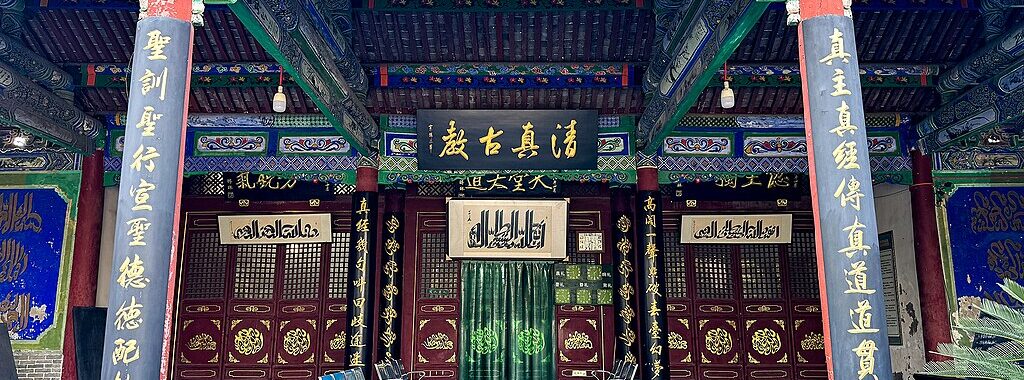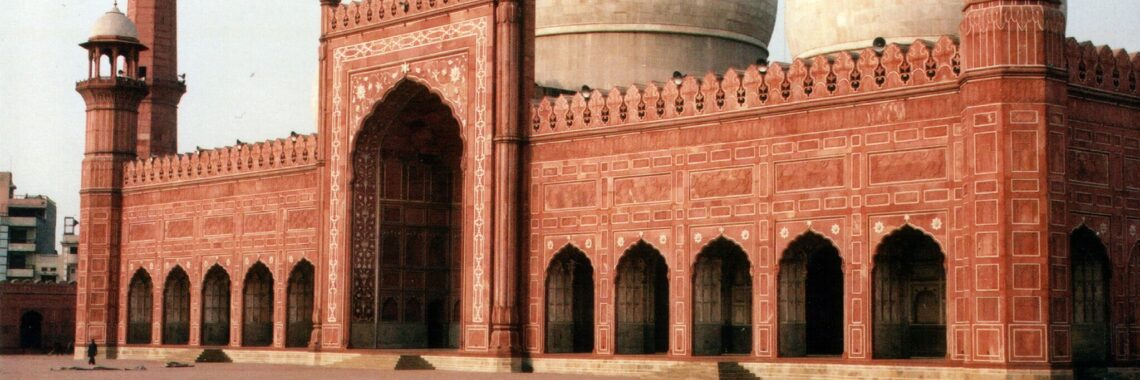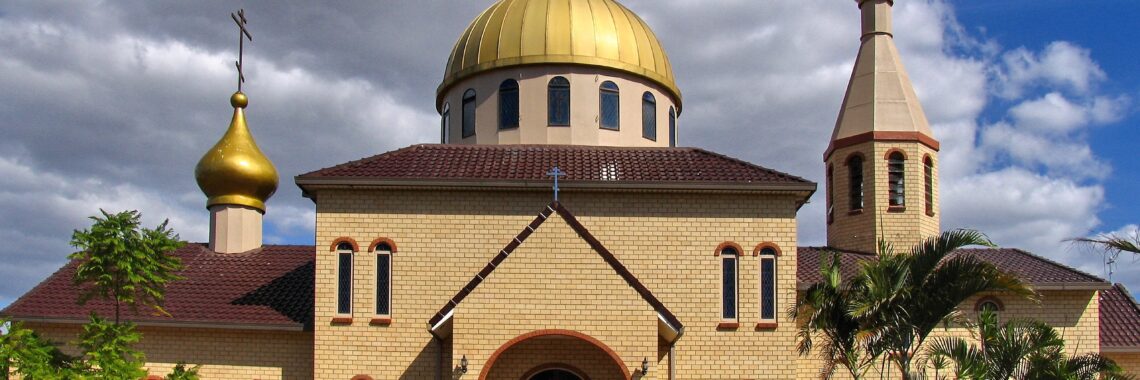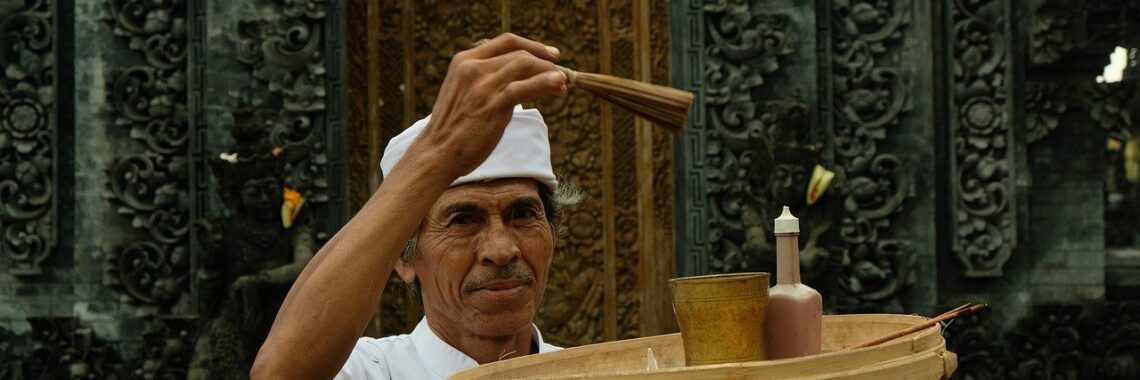“Pakistan’s Hybrid Legal System: Negotiated Coexistence of Secular and Islamic Law” by Jo D. Chitlik and Rashid Mehmood
Shah Faisal Mosque, Islamabad, Pakistan via Wikimedia Commons (CC BY-SA 4.0). The Islamic Republic of Pakistan’s legal system presents a distinctive pluralistic model, intertwining secular common law inherited from British colonial rule with Islamic jurisprudence, or fiqh, under a single constitutional framework. The 1973 Constitution declares Islam as the state religion and mandates that all…


